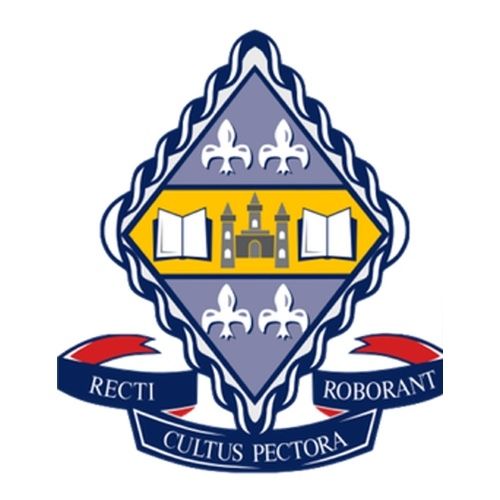
Vaping
'Lost in the Clouds' is the title of an interesting article in the April 2021 edition of North and South magazine. The article is about teenagers and vaping in New Zealand.
The Action for Smokefree 2025 study (2019) revealed that regular vaping among Year 10 students has increased from 3.5% to 12 percent over a four year period. In another survey of 7700 13 to 18 year olds, 66% reported that they had tried vaping. Many young people are under the impression that vaping is a much less harmful habit than cigarette smoking and some believe that vape juice is merely flavoured water. In reality the juice contains a mix of vegetable glycerine, propylene, glycol and nicotine. Vape juices come in a range of strengths with nicotine levels ranging from 3-4mg/ml to 50mg/ml of nicotine. While vaping reduces exposure to some of the chemical additives that would be found in cigarettes, it is still easy to develop an addiction. The brains of young people build synapses faster than an adult's brain. Early exposure to nicotine can change the way synapses are formed and this can increase the chances of becoming addicted. When comparing the packaging of cigarettes with that of vape juice, it is easy to see the difference. There are prominent health warnings and discouraging images on cigarette packets, as opposed to the colourful and appealing packaging of the likes of "Strawberry Burst" which contains warnings in small font that nicotine is addictive.Laws and regulations around vaping changed in 2020. The Smokefree Environments and Regulated Products (Vaping) Amendment Act 2020 commenced on 11 November 2020, amending the Smoke-free Environments Act 1990 and renaming it to the Smokefree Environments and Regulated Products Act 1990. It is an offence to sell nicotine vaping products to young people aged under 18. In some cases young people try to use their social connections to older students, their social media links or older relatives to ask others to access vapes on their behalf. Often parents are surprised to discover their child has actually accessed a vape from someone else. From 11 November 2020 people cannot vape in legislated smoke free areas. These areas will all be smoke-free and vape free. We would encourage families to engage in conversations with their children regarding the issue of vaping and its potential impact on their wellbeing.
https://vapingfacts.health.nz/ is a useful website as a starting point.
